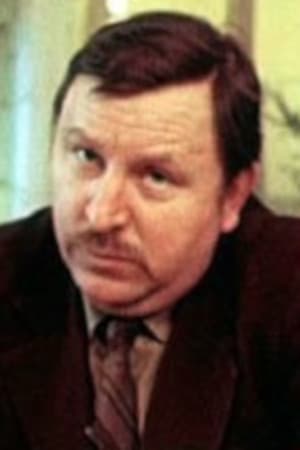

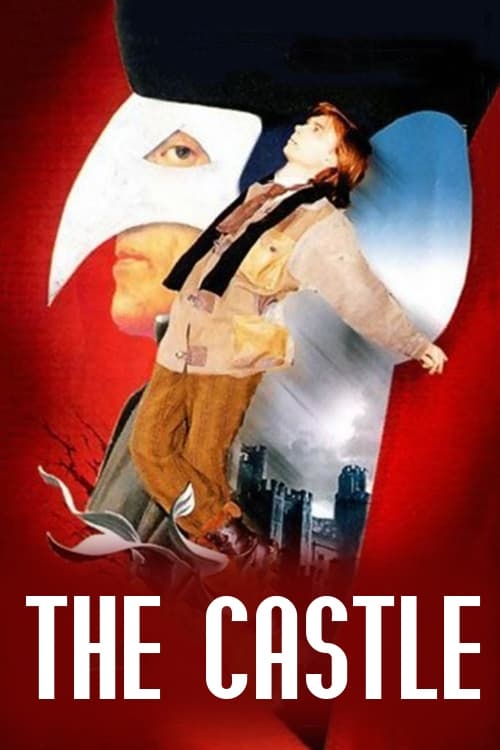
Closely based on Franz Kafka's book "Das Schloß", the movie shares the same action on a land surveyor who is called to a village to do a job that no one seems to have ordered. Once there, he takes up the struggle against bureaucracy emanating from the castle.
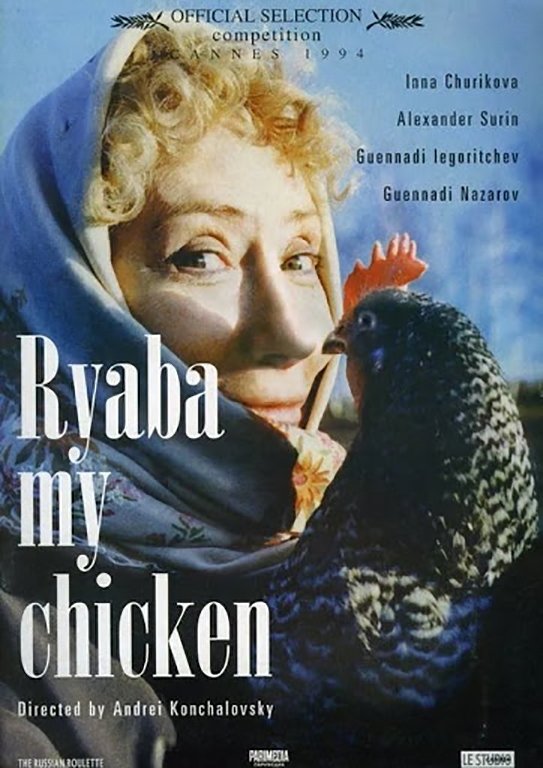
In Soviet days an old peasant woman's hen begins to lay golden eggs. Of course, everyone agrees that she should share the wealth like a good citizen.
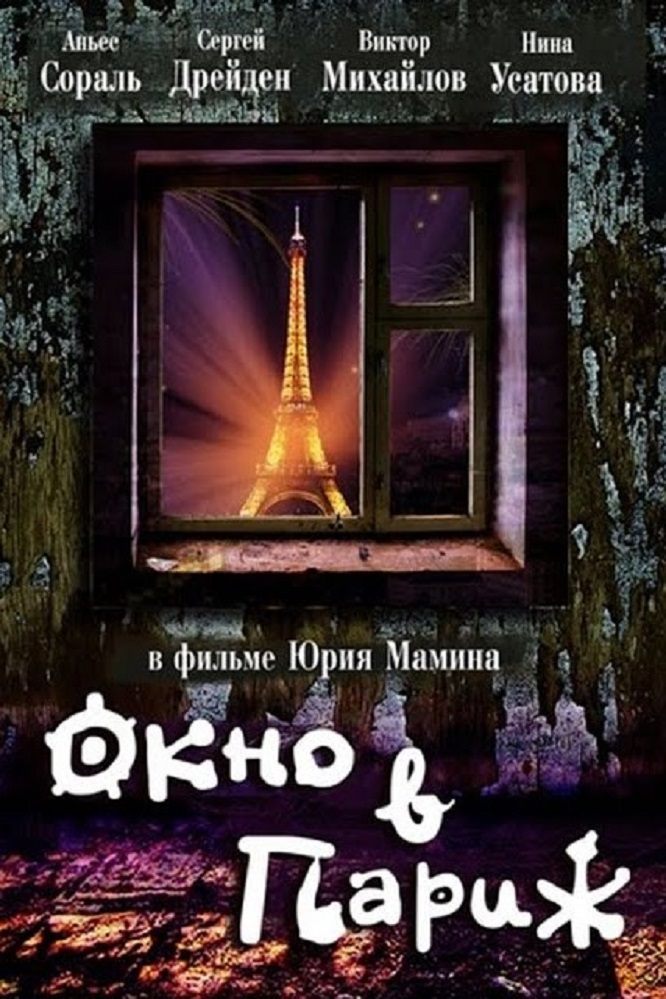
Nikolai (played by Sergei Dontsov) has been fired from his job as a music teacher and has to live in the gym until he finds a place to stay. Finally, he gets a communal room in the apartment of Gorokhov (Victor Mikhalkov). The room's previous inhabitant, an old lady, has died a year ago, and yet her cat, Maxi, is still in the locked room, healthy and fat. Soon, Nikolai and his neighbours discover the mystery: there is a window to Paris in the room. That's when the comedy begins - will the Russians be able to cope with the temptation to profit from the discovery?

The main character is an intellectual from Russia, who sees it as his duty to bring an idiot from an mental institution to his house. He can pick someone out, after bribing the boss of the institution, with two bottles of vodka. He chooses Vova, at first sight a silly man, and takes him home. His wife is at first not very happy with this choice. Vova says and does nothing at all. Then he becomes an aggressive man, who terrorises the house and bashes everything to pieces. After she is raped by Vova, the wife gets sexually dependant on the Idiot. Vova isn't interested anymore, when she gets pregnant and doesn't keep the baby. The idiot goes now to the intellectual for his sexual needs. The wife can't take this anymore and forces her man to take a choice: Vova out, or she will go.
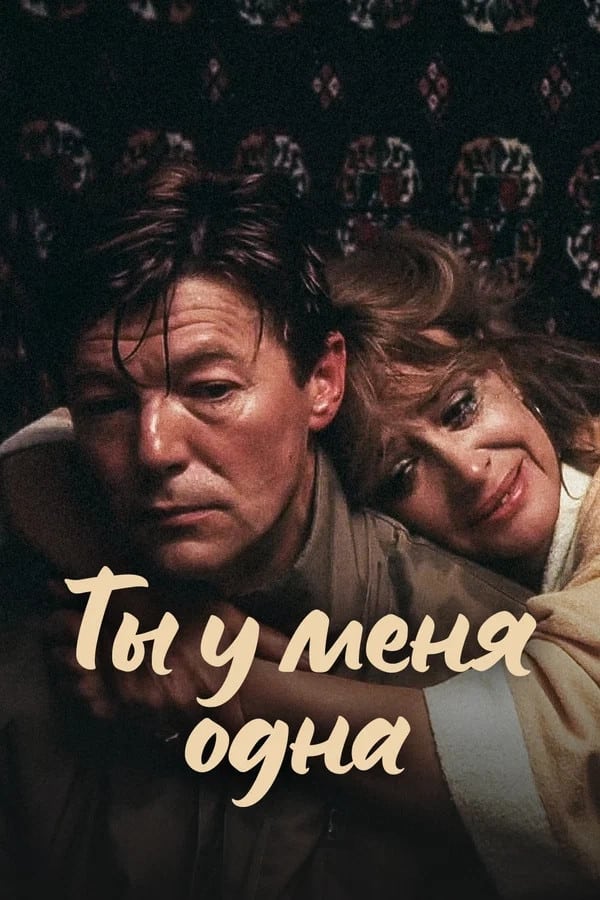
A love story of two people which turns out into triangle... So the steady family walls do not seem so steady anymore...
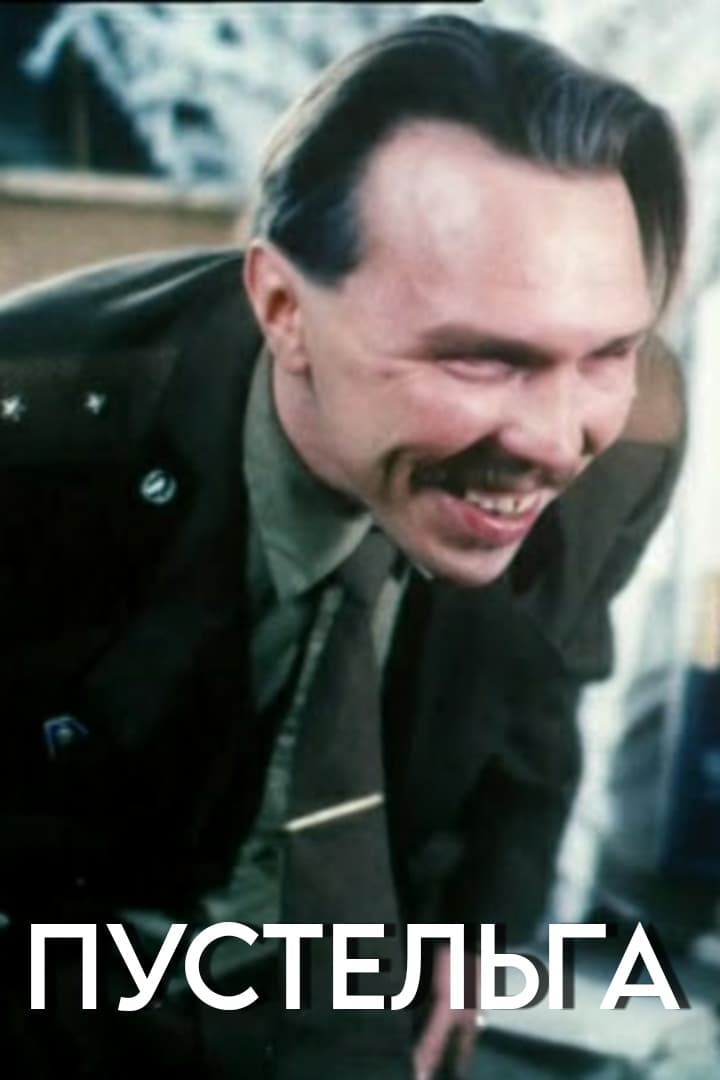
In a remote village on the seashore lives a boy nicknamed Shumilka, the village mockingbird and mischief maker. A loyal fan of circus master Leonid Yengibarov considers himself his son. But Yengibarov himself doesn’t dare write a letter and ask for advice on how to join the circus. The morals and spirit of the village, its miserable and half-drunk life make thirteen-year-old Shumilka want to take revenge by all means. And the world takes revenge on him in its own way: everyone gave up on the boy - his mother, his grandmother, and his deaf-mute grandfather. In addition, he is expelled from school because he could not restrain himself and hit the teacher with a teapot. And now the boy is threatened with a colony...

In Russia at the turn of the century, a wealthy Jewish merchant enjoys the best of relations with his Russian neighbours, while his respected home forms the obvious social centre of the entire community. However, the atmosphere grows more tense as the local authorities come under pressure to fall in line with the officially sanctioned anti-Semitic policies of the Tsarist Government. The village elder is one of our hero's best friends and together they seem to find a way to outwit these evil intentions but unfortunately they fail to understand what forces they are dealing with in a country where anti-Semitism is state policy.

A retro-journalistic drama based on one of the versions of Kirov’s murder, proposed by former NKVD general Orlov, who managed to escape death during the “purge” in the “Kirov” case.
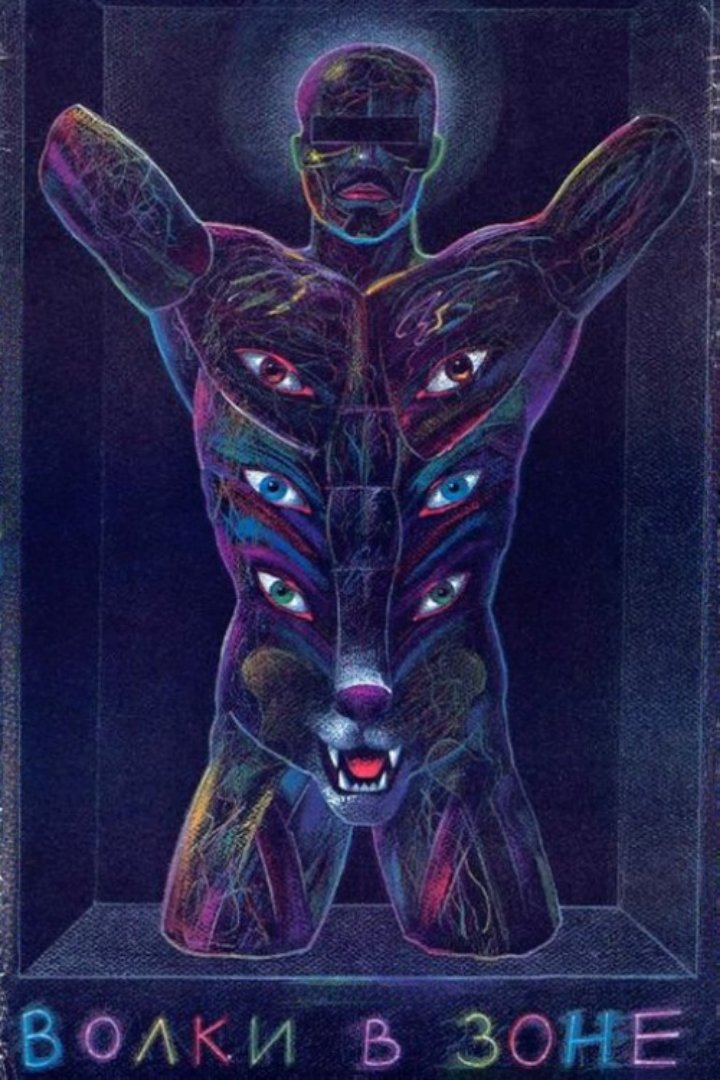
Two detectives are fighting a criminal gang which is steeling goods from the abandoned radioactive area.
By browsing this website, you accept our cookies policy.